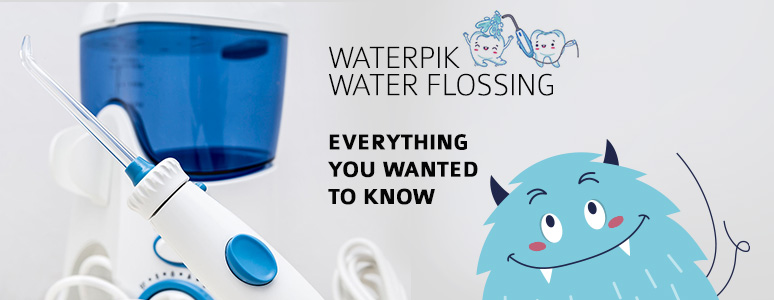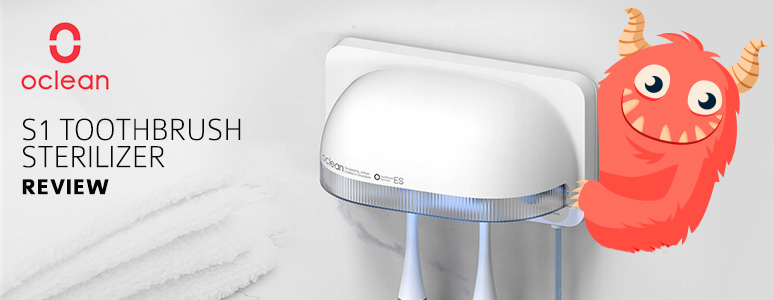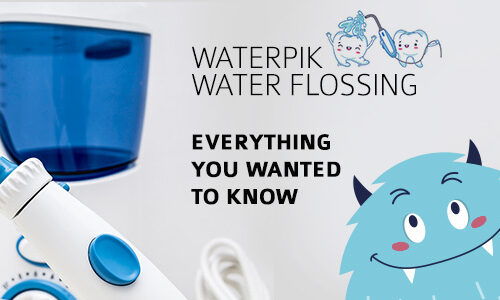-
Tonsil Stones: Symptoms, Causes, Treatments How to Remove
Tonsil stones, also known as tonsilloliths, are small, hardened material formations that develop in the tonsils. They can cause a range of symptoms and are often associated with bad breath and throat discomfort. Understanding how tonsil stones form, their symptoms, and treatment options is essential for maintaining good oral health. Key Facts Tonsil stones are medically referred to as tonsilloliths They form in the crevices of the tonsils and are composed of calcified material They often contain calcium, but can also have magnesium, phosphorus, and ammonia Bad breath, throat discomfort, and difficulty swallowing are common symptoms Tonsil stones are a common condition but are more prevalent in adults than in…
-
Temporomandibular Disorder (TMD): Understanding, Diagnosis, Treatment, and Relief
Key facts The Temporomandibular Joints (TMJ) are the hinges that connect your jaw to the temporal bones of your skull Temporomandibular Disorder (TMD) encompasses various conditions that affect the TMJ, the muscles of the jaw, or both TMD can cause pain in the jaw joint and muscles, difficulty in opening and closing the mouth, and a clicking or popping sound when the jaw moves Various factors contribute to TMD including genetics, arthritis, jaw injuries, and habits such as teeth grinding There are different types of TMD, including muscle disorders, joint derangement disorders, and degenerative joint disorders Management and treatment options range from self-care practices and physical therapy to medications and,…
-
Mandibular Tori: Removal, Symptoms, Causes, Surgery Treatment and Pictures
Key Facts Mandibular tori, or torus mandibularis, refers to benign bony growths that occur on the inner side of the mandible Approximately 5 to 10% of the population have mandibular tori Generally asymptomatic but can cause discomfort if they are large or interfere with dental appliances Causes are a combination of genetic factors and environmental influences such as teeth grinding Treatment is not typically necessary unless the tori interfere with oral function or prosthetic devices What is Torus Mandibularis (Mandibular Tori)? Mandibular tori, scientifically termed torus mandibularis, are bony growths or protuberances that appear along the inner surface of the mandible, which is the lower jawbone. These growths are generally…
-
Best Water Flosser – What Is Water Flossing Waterpik vs. Flossing
Some parts of this article are taken directly from our Tooth Decay Masterclass. It's the most complete course on solving the problem of tooth decay once and for all! A water flosser, Waterpik, or oral irrigator are all names of fairly simple device that sprays water under high pressure to remove food stuck between your teeth. It is highly effective at removing food particles from between your teeth, and it does this job way better than classic floss. But the whole idea of using floss in tooth decay prevention is to remove or disrupt dental plaque and studies show that water flossers are not as good in this field. Water…
-
Hydroxyapatite Vs. Fluoride: Differences, Which is Better, How They Compare
Key Facts Both hydroxyapatite and fluoride are substances used in toothpastes to protect and repair teeth. Fluoride works by strengthening tooth enamel and making it more resistant to acid erosion and decay. Hydroxyapatite contributes to the remineralization of tooth enamel, promoting repair and protection. Hydroxyapatite is the main mineral component of tooth enamel, while fluoride is not naturally occurring in teeth. Both hydroxyapatite and fluoride toothpastes have been shown to be effective in preventing dental caries (cavities). How Does Fluoride Toothpaste Work? Fluoride in toothpaste works to protect teeth in two key ways. First, it slows down the process of demineralization – the dissolution of tooth enamel caused by acids…
-
How to Make Dental Fillings Last Longer?
Some parts of this article are taken directly from our Tooth Decay Masterclass. Dental fillings are used to fill a tooth after a cavity (tooth decay) has been removed. Every filling has its estimated lifespan, but you can affect this in many ways (mostly by shortening it), and this is why in this article we will comprehensively describe all the important aspects of fillings durability and lifespan. 1. Types of fillings These days there are three most common types of dental fillings or restorations, each having a different estimated lifespan: Composite resins (so-called white fillings), longevity studies: [1], [2] – they are made from mix of acrylic and ceramic resins…
-
Oclean S1 Toothbrush Sterilizer Sanitizer Review – Xiaomi Smart UVC
Disclaimer: this is NOT a sponsored article or any kind of an editorial - we have purchased the device on our own and their manufacturer did not interfere in the review process at any step. This is a fully independent test and we are not associated in any way with the company that produces Oclean Sterilizers. Oclean S1 UVC LED Toothbrush Sterilizer Oclean S1 Anti-bacteria toothbrush UVC LED Sterilizer is a product by well know Chinese company Xiaomi. It’s a simple, yet effective device that kills bacteria on your toothbrush between each use using UVC-LED technology which the manufacturer claims is 99,99% effective (declared sterilizing rate). The design The device…
-
Root Resorption – Orthodontic Braces, Treatment, Causes, Meaning, What to Do
Root resorption is a pathological process involving the loss of hard dental tissue from the tooth’s root structure. It can occur internally within the root canal space or externally on the root surface. Understanding tooresorption, its types, causes, and treatment options is crucial for maintaining oral health. Key Facts Root resorption is a dental condition where the tooth’s root structure begins to break down and be absorbed by the surrounding tissues It can affect both primary (baby) teeth and permanent teeth There are two main types of root resorption: internal and external Root resorption can be caused by various factors such as trauma, orthodontics, cysts, and tumors Early diagnosis is…
-
Replacing All Natural Teeth Completely With Dental Implants – How Much Does it Cost and is it a Good Idea?
Is it possible to replace all of the natural teeth with dental implants? It is possible to replace all of your natural teeth with dental implants, but it is a complex and costly process that should only be done under the guidance of a qualified dental professional. Dental implants are artificial tooth roots that are surgically implanted into the jawbone to support replacement teeth. The number of implants needed, as well as the type and size of the replacement teeth, will vary depending on the individual’s mouth and specific needs. The process of replacing all-natural teeth with dental implants typically requires multiple surgeries and a significant amount of time to…
-
Acid Reflux (GERD, LPR) Teeth Problems – Enamel Erosion
Disclaimer: please note that this article is mostly focused on GERD/LPR related dental problems and provides only basic advice regarding treating acid reflux itself. Be aware that GERD/LPR may be a serious condition leading to life-threatening diseases like Barett's Esophagus or even esophageal cancer. It should be diagnosed and treated by a physician, not self-diagnosis on the Internet. There are two main types of acid reflux disease: (1) typical acid reflux called GERD (Gastroesophageal reflux disease) or GORD (Gastro-oesophageal reflux disease) and (2) LPR (Laryngopharyngeal Reflux). The first one is easy to diagnose as it causes chest pain often referred to as heartburn. It can appear right after eating spicy…







